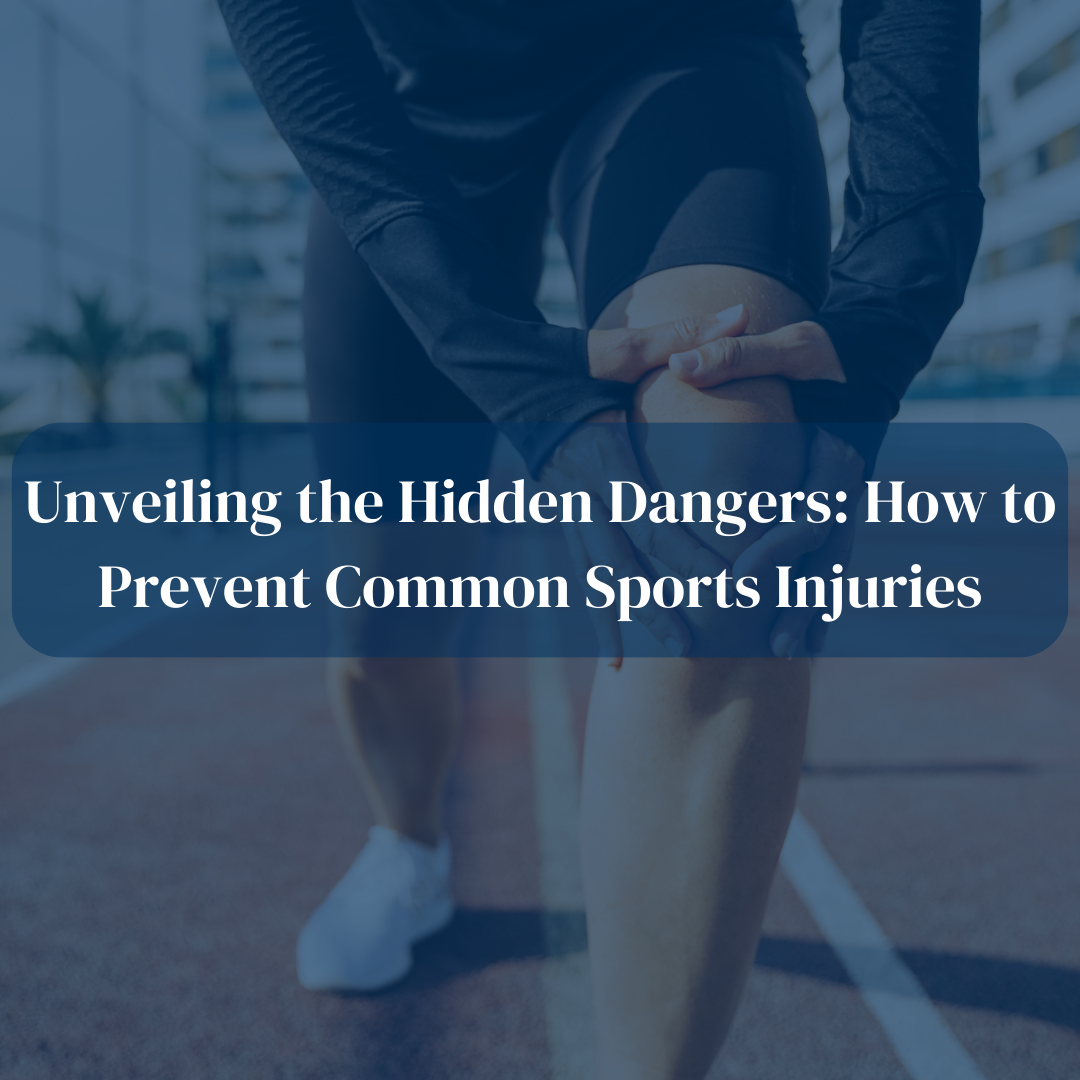Understanding the Risks: The Landscape of Sports Injuries
Engaging in sports or physical activities offers numerous health benefits, but it also presents inherent risks. Delving into the landscape of sports injuries unveils a multifaceted domain influenced by various factors. Firstly, the nature of sports itself can predispose individuals to specific injury types. High-impact sports like basketball or football carry different risks compared to endurance sports like long-distance running or cycling. Additionally, athlete demographics, including age, gender, and fitness level, play pivotal roles. Younger athletes might be susceptible to growth plate injuries due to their developing skeletal systems, while older individuals might grapple with issues like tendonitis or joint degeneration.
Moreover, environmental factors such as playing surfaces, weather conditions, and equipment quality further amplify injury risks. For instance, uneven playing fields can increase the likelihood of ankle sprains, while worn-out equipment might fail during critical moments, leading to severe injuries. Furthermore, the competitive nature of sports often fosters a ‘push through the pain’ mentality, inadvertently exacerbating minor injuries. Understanding this intricate landscape necessitates a holistic approach, encompassing biomechanics, physiology, and individualized risk assessments. By recognizing these nuances, athletes and professionals can devise targeted strategies to mitigate risks and foster a safer, more sustainable sporting environment.
The Mechanics: How Sports Injuries Occur
Sports injuries, while varied in nature, often arise from specific underlying mechanisms. One predominant cause is overuse, where repetitive motions strain tissues beyond their capacity. For instance, runners might develop shin splints due to consistent impact on the lower leg.
Another critical factor is improper technique. When athletes execute movements incorrectly, it places undue stress on specific body parts, leading to strains or tears. A weightlifter, for example, risking improper lifting form, could strain their back muscles or herniate a disc.
Furthermore, impact and collision play a pivotal role. In contact sports like football or basketball, collisions are inevitable. These sudden, forceful impacts can result in fractures, concussions, or ligament tears, given the sheer force involved.
Moreover, inadequate warm-up amplifies injury risks. Without adequate preparation, muscles remain tight, and joints lack lubrication, making them susceptible to strains or sprains. Neglecting warm-up routines before intense activity is akin to driving a car without ensuring its parts are primed for performance.
In essence, a combination of overuse, flawed techniques, impactful collisions, and inadequate preparation lays the groundwork for most sports injuries. Recognizing these mechanics empowers athletes to adopt preventive measures, ensuring longevity and optimal performance.
Empowerment Through Knowledge: Recognizing Common Injuries
In the realm of sports and physical activity, awareness serves as the first line of defense against potential setbacks. Recognizing common injuries is not merely about understanding medical jargon but tuning into subtle signals your body emits.
Starting with strains, these occur when muscles or tendons stretch beyond their capacity, leading to tears. Symptoms might include pain, swelling, and limited mobility. Sprains, on the other hand, involve ligament injuries, often resulting from sudden twists or impacts. Symptoms encompass bruising, pain, and difficulty bearing weight.
Delving deeper, fractures indicate broken bones, typically accompanied by acute pain, deformity, and swelling. Overuse injuries like tendinitis manifest as inflamed tendons due to repetitive motions, causing pain and stiffness. Additionally, dislocations occur when bones shift out of their joints, eliciting severe pain, swelling, and visible deformity.
Moreover, concussions, prevalent in contact sports, signify traumatic brain injuries. Recognizable by symptoms such as dizziness, confusion, and nausea, immediate medical attention is paramount.
By familiarizing oneself with these injuries and their hallmark symptoms, athletes empower themselves. Early recognition facilitates prompt intervention, ensuring timely recovery and minimizing long-term repercussions. Embracing this knowledge equips individuals to navigate their athletic pursuits with confidence and caution.
The Prevention Playbook: Strategies to Stay Injury-Free
- Warm-Up Rituals: Before diving into rigorous activity, ensure a thorough warm-up. Engaging in dynamic stretches and light exercises primes your muscles, reducing injury risks.
- Proper Equipment: Investing in quality gear tailored for your sport can be a lifesaver. Be it shoes, protective padding, or attire, the right equipment offers unmatched safety.
- Technique Matters: Enrolling in training sessions or seeking expert guidance can refine your technique. Proper form not only enhances performance but drastically minimizes injury risks.
- Rest and Recovery: While pushing boundaries is commendable, prioritizing rest is paramount. Adequate sleep and recovery periods allow your body to heal, preventing overuse injuries.
- Nutrition and Hydration: Fueling your body with essential nutrients and staying hydrated is non-negotiable. Optimal nutrition boosts recovery and fortifies your body against potential injuries.
Navigating the Recovery Route: Post-Injury Protocols
When faced with an injury, the journey back to optimal health requires a systematic approach. Firstly, seeking immediate medical attention is paramount to determine the severity and devise a tailored recovery plan. Once diagnosed, adhere strictly to recommended treatments, which may include physiotherapy sessions aimed at restoring strength and flexibility. It’s essential to prioritize rest, allowing the injured area ample time to heal without aggravation. Incorporating gentle exercises, as prescribed, aids in gradual rehabilitation, preventing muscle atrophy and promoting blood circulation. Moreover, maintaining open communication with healthcare professionals ensures timely adjustments to the recovery regimen, ensuring alignment with progress. Embracing a holistic approach that combines rest, rehabilitation exercises, and expert guidance facilitates a smooth transition back to activity, minimizing the risk of re-injury and fostering long-term wellness.
Conclusion: A Balanced Approach to Athletic Excellence
While the pursuit of athletic prowess is commendable, prioritizing safety and well-being is paramount. By arming yourself with knowledge, adopting preventive measures, and seeking timely intervention, you pave the way for a fulfilling, injury-free journey. Remember, in the realm of sports and fitness, knowledge and preparation are your greatest allies.
Ready to explore your options for chiropractic and physiotherapy? Contact SwastyaPhysio today to schedule a consultation and discover the best path to your wellness journey. We’re here to support your health every step of the way.
Banaswadi | HBR layout | Kalyan Nagar | Kammanahalli | Horamavu | Hennur
